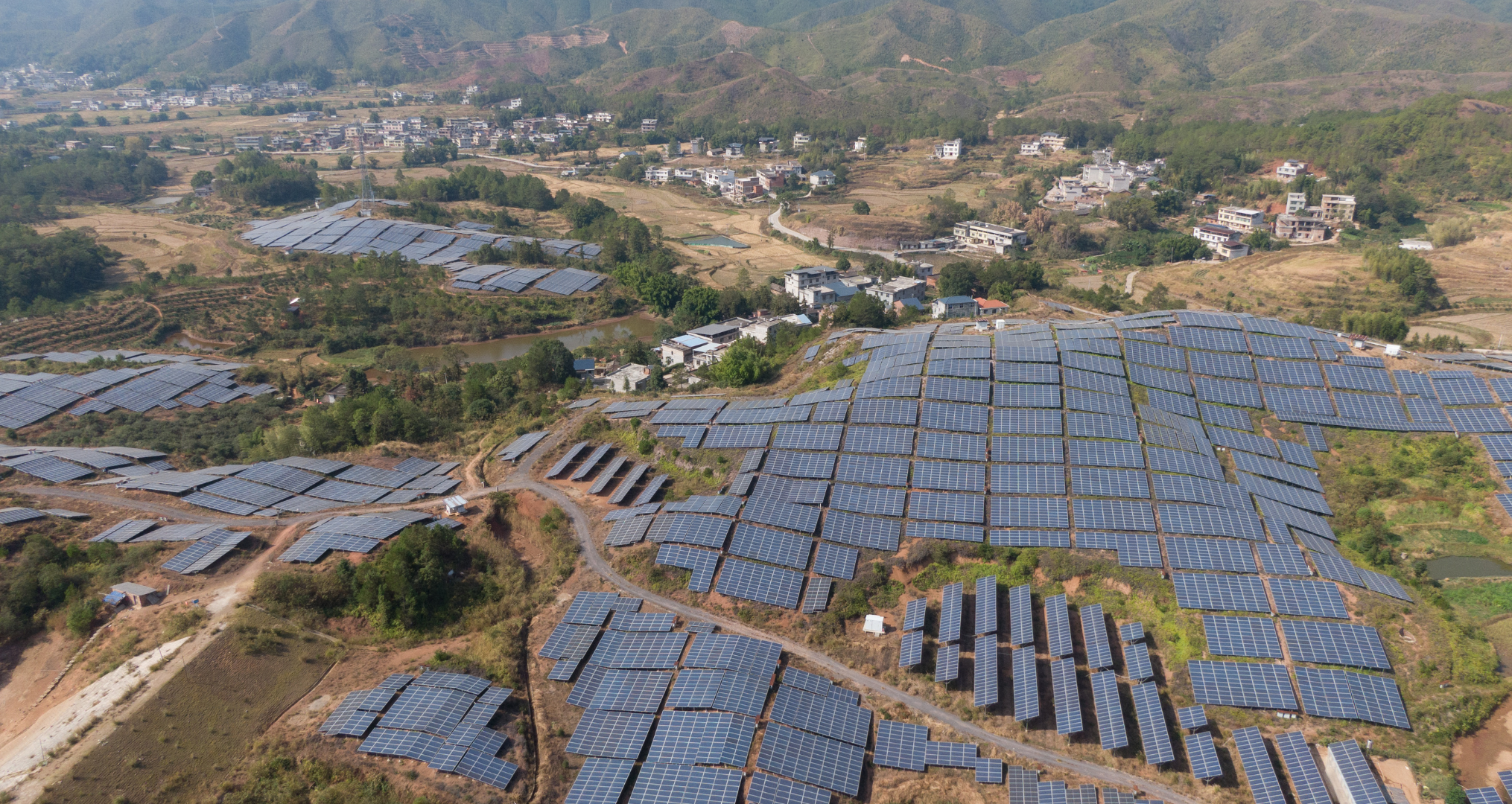Exploring the Impact of Renewable Energy Microgrids on Energy Access in Remote Areas
Background Information
In remote areas around the world, access to reliable and affordable energy remains a significant challenge. This lack of access not only hinders economic development but also impacts the quality of life of communities in these regions. In Latin America, particularly in countries like Chile, many remote areas are disconnected from the national grid, relying on costly and polluting diesel generators for their energy needs. The need for sustainable solutions to address energy poverty in these regions is more pressing than ever.
Research shows that renewable energy microgrid projects have the potential to revolutionize energy access in remote areas. By combining renewable energy sources such as solar, wind, and hydro power with energy storage technology, microgrids can provide reliable and clean electricity to off-grid communities. These projects not only reduce carbon emissions but also create opportunities for economic growth and social development in these underserved areas.
Key Barriers to Implementing Renewable Energy Microgrids
- Lack of funding and investment for renewable energy projects in remote areas
- Regulatory challenges and policy barriers that hinder the deployment of microgrid solutions
- Technical complexities and limited expertise in designing and operating microgrid systems
- Social and cultural factors that may impact community acceptance and adoption of renewable energy technologies
Solution: Deploying Microgrid Solutions to Improve Energy Access
Despite the challenges, the potential benefits of implementing renewable energy microgrids in remote areas are undeniable. By harnessing the power of clean energy sources and decentralized grid systems, microgrid projects can provide a sustainable solution to energy poverty. Through strategic partnerships between governments, private sector entities, and local communities, these projects can be designed and implemented to maximize their impact and ensure long-term sustainability.
Measurable Results
Studies have shown that the deployment of renewable energy microgrids in remote areas can lead to a significant increase in energy access and a marked improvement in the quality of life for residents. Not only do these projects reduce greenhouse gas emissions and combat climate change, but they also create new opportunities for economic development, job creation, and social empowerment in underserved communities.
Inspiration
As we look towards a more sustainable and equitable future, the role of renewable energy microgrids in addressing energy access challenges in remote areas cannot be overstated. By investing in clean energy technologies and supporting innovative projects that prioritize community engagement and empowerment, we can build a brighter and more resilient future for all.
Conclusion
The potential for renewable energy microgrids to transform energy access in remote areas is immense. By overcoming key barriers and embracing sustainable solutions, we can create a more inclusive and environmentally friendly energy system that benefits communities, economies, and the planet as a whole. Together, we can make a difference.
For more information on how you can support our research efforts and contribute to the development of renewable energy microgrid projects in remote areas, please consider partnering with Pecunia Institute. Your support can help us drive positive change and create a more sustainable future for all.







